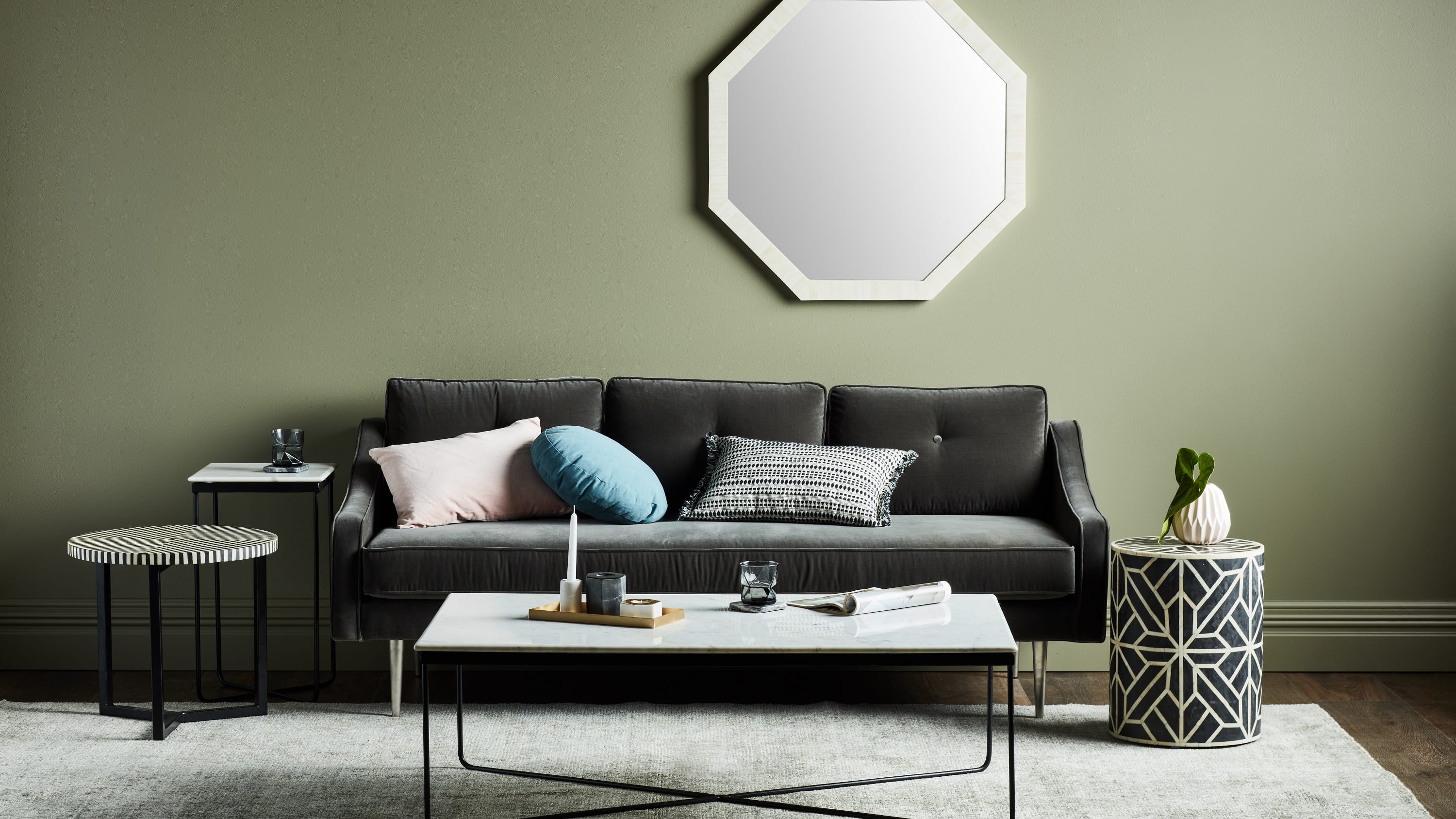We’re not sure which came first – the well-designed home or the Chinese concept of feng shui. Since many of the elements of feng shui are incorporated automatically in the work of most professional home stylist Sydney, we imagine there is value and legitimacy in the ancient practice. Feng shui has been around a very long time.
In James Clavell’s epic history of the colonisation of Hong Kong, Tai Pan, there is a lively discussion on the importance of feng shui. In the early 1800s, the Chinese concubine of the novel’s hero becomes nearly hysterical when her master builds a house for her without first consulting the “feng shui gentlemans”. Appropriate care must be taken, according to May-May, in the placement of the house lest it be built to rest upon the Dragon’s neck – an obviously dire mistake.
Now, we recognise that you might not subscribe to the concept of feng shui. Nevertheless, many of the objects in your home and their particular placement could be causing disharmony in your world. We know that colour has an impact on people. We also know that the presence of items that irritate us can affect our productivity. It might just be in our best interest to hedge our bets in terms of energies within our homes. This is particularly true if we plan to sell our property for the biggest possible price. Feng shui is like chicken soup. It couldn’t hurt. Here, then, are a few usual home décor items with the feng shui rules for placement.
Mirrors
The placement of mirrors can work miracles in just about any room in the house. Mirrors can make a room seem bigger and reflect light to enhance the space. In terms of feng shui, mirrors represent the element of water and are best placed in the East, Southeast, and Northern rooms of your house. It’s best to avoid the placement of large mirrors in the South of your home. A mirror should not reflect your bed, nor should it be placed facing the front door.
Plants
In feng shui, plants represent the element of wood. They bring health, harmony, and vibrant growth. They are best placed in areas of the home that are in harmony with wood – the East, Southeast, and Southern rooms of your house. Avoid too many plants in the North, Southwest, and the centre of your home. Putting big plants in a bedroom is ill-advised, but smaller plants can be accommodated.
Candles
Of course, candles represent the element of fire in feng shui. Small candles can be placed anywhere in your home without restriction. Big candles with a powerful presence should be limited to the South, Southeast, and Northeast rooms of your home as well as in the centre sections. Limit your use of big candles in the East, West, Southwest, and Northwest, but don’t hesitate to use a few small candles in your bedroom. (Romance isn’t usually mentioned in feng shui, but it exists there anyway.)
Art
Decorating with art is a bit more complicated. The intensity of the colours and textures as well as the feeling or subject of the art can be good or bad depending on where the pieces are placed. To really make the most of art’s power, you may need to create an energy map of your home, called a Bagua.
Of course, if you’re not entirely convinced that good feng shui is critical to your happiness, leave the placement of art up to your professional home stylist Sydney. Theoretically, one wants to place art in places where the light and the room make it more intense and aesthetically pleasing. As it happens, that placement can intersect with feng shui principles anyway.
Whether you are a firm believer in the ancient practice of feng shui or just an interested by-stander, the placement of these common elements of home décor can be powerful. Selling your house can be a great time to experiment with the ideas involved. Talk this over with your professional home stylist. Sydney isn’t known to be a place where many dragons rest, but one would still want to avoid disturbing such a fearsome beast. Do consult “the feng shui gentlemans” or your professional home stager, whichever you find first.




